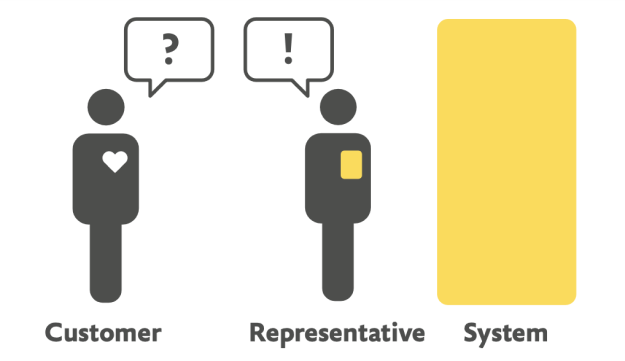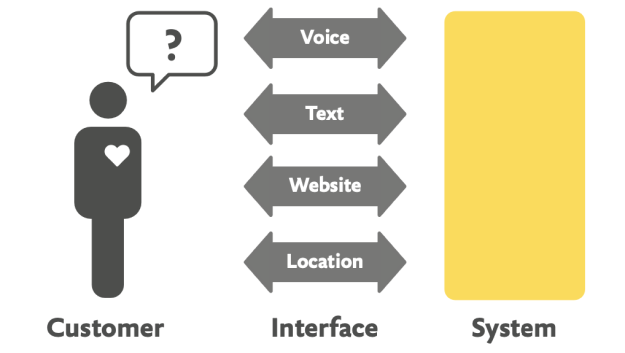Conversational Design for Digital Product
-
2 mins
Grice’s Maxims: Cooperative Principle
Quantity
Just enough information
- Make your contribution as informative as is required (for the current purposes of the exchange).
- Do not make your contribution more informative than is required.
Quality
Be truthful
- Do not say what you believe to be false.
- Do not say that for which you lack adequate evidence.
Relation
be relevant
- Says things that are pertinent to the discussion.
Maner
be brief, orderly, and unambiguous
- Avoid obscurity of expression.
- Don't be ambiguous.
- Avoid unnecessary prolixity.
Be polite
be brief, orderly, and unambiguous
- Don't impose.
- Give options.
- Make the listener feel good.
Mobile Human Computer Interaction



Design principles
- 🧠 How might we reduce cognitive load for our customers?
- 🐎 How might we take simple and short actions for our customers?
- 🌏 How might we create real artifacts for our customers?
- 👁️ How might we create beautiful aesthetics for our customers?
4 Dimensions of Tone of Voice
A product’s tone of voice communicates how an organization feels about its message. The tone of any piece of content can be analyzed along 4 dimensions: humor, formality, respectfulness, and enthusiasm.

Tone spectrum
The right tone depends on a user’s contextual needs and corresponding emotions for that experience, as well as how involved and emotional we need to be in the process.
